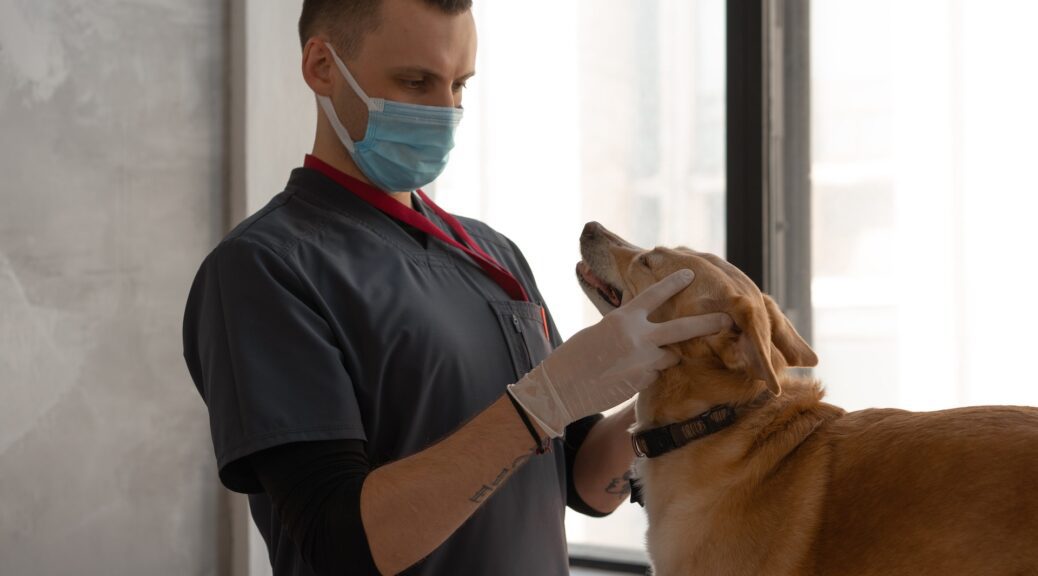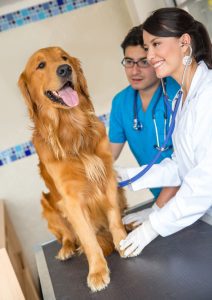
Building Better Bonds: How to Become More Relevant to Veterinary Clients and Drive Growth
24 April 2023 Leave a comment The Onward Vet Resources and Veterinary Blog
Whether it be the local low-cost spay/neuter clinics or consolidated hospitals with cheaper services, the multitude of options available in the veterinary industry today has made retaining clients and maintaining profitability an uphill battle for many practices.
It’s more important than ever for both new and established practices to focus on providing value and fostering customer loyalty if they want to stay ahead of the curve.
Fortunately, this doesn’t call for a complete overhaul. The key is to adopt customer-centric strategies that meet the evolving needs of your veterinary client segment.
Here are some effective approaches we recommend to become more relevant to your veterinary clients so that you can stand out in a crowded market and boost your bottom line.
1. Understand Client Expectations
Before anything, knowing who your clients are and what they want is key. Are they millennials who want the very best for their furry family members, or more practical pet owners who prioritize affordability? Perhaps they’re a mix of both.
Today’s clients expect transparency, convenience, and personalized care. They want to feel like they are a part of the decision-making process and that their opinions are valued.
Some proactive steps you can take to understand your clients better include:
- Send out surveys to gauge their satisfaction with your services, what they would like to be added or improved, and how you can become more relevant to your veterinary clients.
- Encourage feedback after visits or appointments, either through your client communication portal or in person.
- Keep an eye on social media platforms to see what they are saying about your practice and the industry as a whole.
- Train your staff to ask questions and actively listen to clients to understand their needs and expectations.
- Stay up-to-date on industry trends and changes, such as emerging technology, new treatment options, and evolving client expectations.
These will give you valuable insights on how to tailor more relevant services to your veterinary clients.
2. Foster a Client-First Practice Culture
The importance of placing the client at the center of your practice cannot be overstated. Not only does it help your practice become more relevant to your veterinary clients and stand out from competitors, but it also leads to increased client loyalty and referrals.
According to a study conducted by Deloitte, customer-centric companies are 60% more profitable than those that are not. That’s right, tailoring your business model to prioritize customer success rather than the bottom line ultimately increases revenue and profits.
In addition, provide staff with the tools and resources they need to deliver an exceptional customer experience. As mentioned, they should learn to communicate effectively with clients, listen actively, and respond to their needs in a timely and effective manner.
3. Personalize the Client Experience
Personalization goes hand in hand with creating a client-centered culture to become more relevant to your veterinary clients. This is because personalizing the client experience involves making each client feel valued and heard, which is impossible if your overall approach does not prioritize the customer.
If you do get the foundation right, however, the little things will go a long way. Clients appreciate thoughtful actions from their vets, such as personalized emails, pet birthday greetings, or appointment reminder postcards because they show a genuine interest in their pets’ well-being.
But while regular communication can help maintain client relationships, be careful not to bombard them with too many messages, reminders, or offers as it could annoy and even antagonize them.
4. Segment Your Client Base
One of the most effective approaches to make your services more relevant to your veterinary clients is segmentation. You can’t effectively reach and satisfy customers if you don’t know their differing needs. But more importantly, your services may become diluted if you try to cater to everyone.
Collect and analyze client data to identify trends and patterns in their behavior. For example, you may find you have a high percentage of clients with senior pets who are concerned about age-related health issues rather than preventative care.
Other examples of veterinary client segments are:
- Big dogs
- Small dogs
- Cats
- Animals with chronic conditions
- High-risk breeds
- Active or performance pets
Use the patient segments you identify to inform the services you offer so that you can be more relevant to your veterinary clients.
However, be careful not to over-segment or create too many products as it could stretch you thin and compromise the quality of care you provide.
5. Develop Targeted Services
Once you understand who your clients are and what they need, create services and programs that proactively reach out to them. This is where targeted services come in.
Some examples of targeted services you can offer different veterinary client segments include:
-
Wellness Programs
These mainly offer preventive care services. For example, puppy and kitten wellness programs usually include regular checkups, vaccinations, and parasite prevention.
Pet owners are more likely to visit their vets for recommended services when they know they will be covered by a wellness plan, which means better care for the animals and increased revenue for your practice.
-
Senior Pet Care
Pet health needs change as they age. Offering specialized senior pet care services can help you address these changing needs. Senior pet care focuses more on blood work, dental exams, and pain management.
You can also provide nutritional counseling and exercise programs that help maintain their quality of life as they age.
-
Mobile Veterinary Services:
Become more relevant to your veterinary clients by offering mobile services for those who have difficulty coming to your practice. They can also be particularly helpful for clients with multiple pets or pets with mobility issues.
Mobile services include everything from routine checkups and vaccinations to emergency care.
Similarly, targeted information such as alerts, bulletins, workshops, and other forms of client outreach will keep them engaged and make you more relevant to pet owners.
6. Leverage Technology
With the right tools and software, what might seem like an overwhelming task of keeping up with client needs and preferences is made simple and easy.
Technology like veterinary client management software helps you gather and store client information, track pet health records and appointments, and even manage practice inventory and billing.
It also provides a centralized location for client communication, including sending appointment reminders, follow-up emails, and personalized messages — all the recommended tools for client-centric care.
Onward Vet’s robust business and client management features have been a game changer for practices, helping them become more relevant to veterinary clients by exceeding their service expectations.
We’re Here to Help
Building a client-centered practice requires effort and a commitment to understanding and meeting the needs of your veterinary client segments.
Onward Vet was built with this in mind, making it easier for vets to tailor their services to their clients.
Schedule a free demo today to learn how our software can enhance your services and help you create a loyal and satisfied client base.
Tags: animal health, animals, medicine, pets, veterinarians, veterinary, veterinary office management software, veterinary practice, vets
Like this article? there’s more where that came from.
- Why Veterinary Cloud-Based Software Is the Best Way to Manage Your Practice
- Building Better Bonds: How to Become More Relevant to Veterinary Clients and Drive Growth
- The Importance of Veterinary Office Organization, Cleanliness, and Friendliness
- How to Prevent Veterinary Team Turnover in Your Hospital: Four Proven Strategies
- Veterinary Industry Consolidation Trends: What It Means for Your Business


 No downloading.
No downloading.